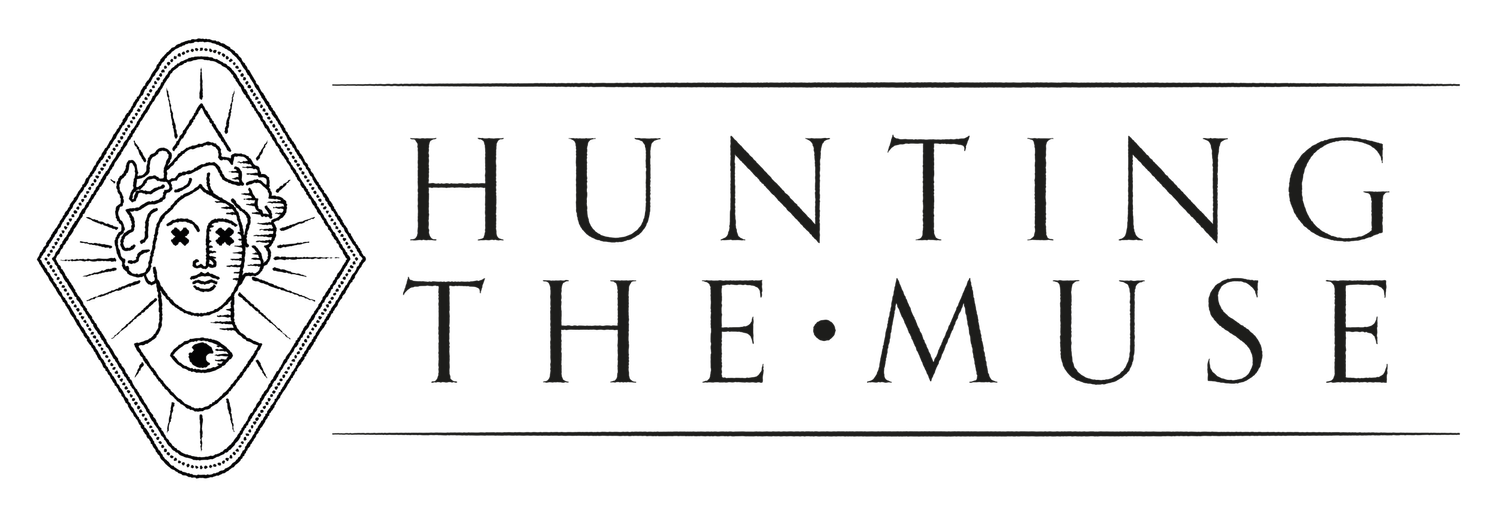How to master your productivity based on your sleep type
When is the best time to hit your creative peak? Work out? Send emails? Go through your taxes?
Everyone has their own routine that they’re pretty sure is ‘optimal’. But sometimes, you still find yourself looking at some tasks thinking ‘there’s no way in hell I can do this right now’ and other times thinking ‘this is actually pretty easy’.
A mismatch between tasks and timing could well be because of a lack of synchronicity between the type of task and the ups and downs in your biology. Our different internal rhythms are impacted by our sleeping schedule, which means there are certain points of the day when biologically we’re at our most creative, analytical, or exhausted.
Being aware of these times means we can tackle the right tasks at the right time.
‘When’ is just as important as ‘what’ or ‘how’
In 2011, Cornell researchers started an unusual project. They gathered around 500 million tweets posted by more than 2 million users in 84 countries over two years. Then they sat down and analysed them for mood consistency patterns.
What they found was that people’s positivity increased in the morning, plummeted in the afternoon, and then shot back up again in the evening.
“Whether a tweeter was North American or Asian, Muslim or atheist, black, white or brown, it didn’t matter,” Daniel Pink, author of When: The Scientific Secrets of Perfect Timing, tells us. “Across continents and time zones was the same daily oscillation – a peak, a trough, and a rebound.”
three stages of the day peak trough recovery
As Pink uncovers in his book, the trouble is that often we often don’t do the right tasks at the right time, for the right stages of our day.
“We think questions of “when” are less important than questions of ‘what’ ‘how,’ and “who,’” he says. “So we squander our peak answering email, then try—often unsuccessfully—to do our deep work during the afternoon. That’s a mistake. Research shows that time of day explains 20 per cent of the variance on human performance on cognitive tasks. So timing isn’t everything. But it’s a big thing.”
Physically, these fluctuations can do more damage to our productivity than we realise. According to Russell Foster, a neuroscientist at the University of Oxford, the difference between the daily high point and the daily low point can be equivalent to the effect on performance of ‘drinking the legal limit of alcohol.’
Second, these daily fluctuations are more extreme than we realize. In fact, according to Russell Foster, a neuroscientist and chronobiologist at the University of Oxford, “[T]he performance change between the daily high point and the daily low point can be equivalent to the effect on performance of drinking the legal limit of alcohol.”
But there are ways to work around the peak, trough, and recovery stages.
Managing the three stages of your day
Managing ‘the peak’
During the peak, which for most of us is in the morning, we’re better at analytical tasks. During this time we’re better at batting away distractions and concentrating deeply. Tasks that you should save for this time may include decision-making, reviewing work, and dealing with numbers.
Managing ‘the trough’
During the trough, which for most of us is the early-to-mid-afternoon, we should focus on administrative tasks that take little-to-no mental effort. These include answering routine emails, filling out expense forms, and data input.
Managing ‘the rebound’
And during the rebound or recovery, which for most of us is the late afternoon and early evening, we’re better at insight problems. Our mood is better than the trough, and we’re less sharp than during the peak. This looseness can inspire new possibilities and creativity. Tasks include brainstorming, drafting ideas, and delivering presentations.
Understanding chronotypes
However, although these patterns are consistent, they vary by person to person according to our ‘chronotype’. Everyone has hormones that run on a 24-hour cycle, and our chronotype is tied to when certain hormones go up and down. This myriad of physical processes - and the timings in which they kick in - impact us to wake and sleep at particular times.
Understanding which chronotype you are can help you to better understand how early, or how late, you’ll hit the peak, trough and rebound.
You can learn more about chronotypes, and which one you are, through a quiz from Michael J. Breus, Ph.D, in which he splits the chronotypes into four animals: dolphin, lion, bear and wolf.
Source: Business Insider, How to find your perfect daily routine
Analysing the peaks and troughs
Often, we don’t consider timing when taking on different tasks and projects. We judge instead by intuition or chance.
The only way to know if this U-shaped pattern impacts our performance is to become observant over how our own rhythm impacts our way of working. In his book, Daniel Pink suggests tracking your energy every 90 minutes, note down what tasks you’re doing, and then on a scale of 1 to 10, rate how mentally alert and physically energetic you feel, and whether you’re doing ‘good work’.
So the next time you’re about to dive into a creative project while slumped over your desk at 3.30 in the afternoon ask yourself: am I being lazy or am I choosing the wrong time to do this?




